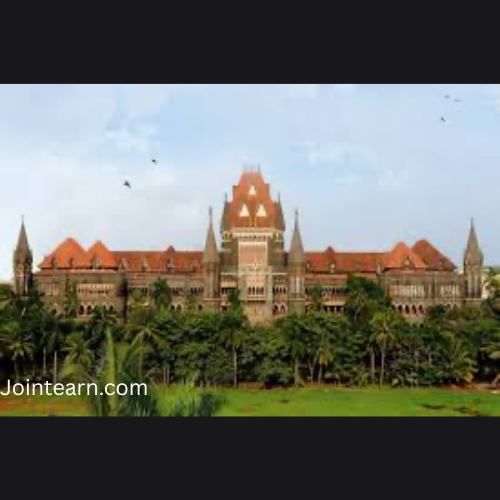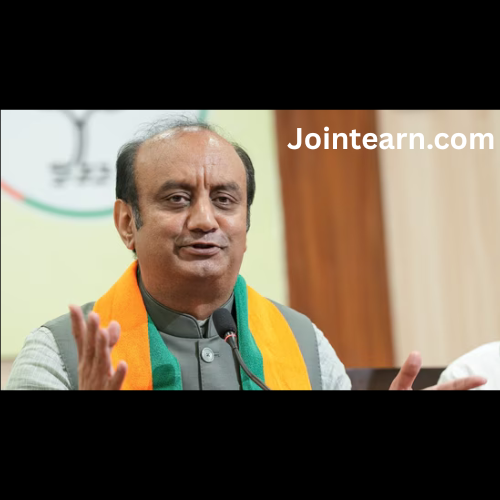Prime Minister Narendra Modi on Saturday asserted that India is approaching the end of Left Wing Extremism (LWE), highlighting Chhattisgarh’s transformation from a region once heavily affected by Maoist violence to a model of development and progress. Speaking at the Chhattisgarh Rajat Mahotsav in Nava Raipur, commemorating the state’s 25th anniversary since its formation on November 1, 2000, Modi described the journey of the state as a remarkable story of resilience and growth, saying that the seeds sown 25 years ago had now grown into a “vat vriksh” (banyan tree) of development.
Modi noted that the number of Maoist-affected districts in India has sharply declined from 125 eleven years ago to just three today. He named Sukma, Bijapur, and Narayanpur, all located in the Bastar region of Chhattisgarh, as the only districts currently considered severely impacted by Maoist activity. The Prime Minister expressed confidence that the day is not far when all of Chhattisgarh, and indeed the entire country, would be free from Maoist terror.
“For 50 years, the people here endured unbearable pain due to Maoism,” Modi said. He criticized political actors who, in the name of social justice, allegedly ignored the plight of the tribal communities for their own vested interests. “Those who show off the Constitution and shed crocodile tears in the name of social justice have committed injustice to you,” he added.
The Prime Minister emphasized that the government is committed to completely uprooting Maoism before March 31, 2026. In support of this effort, at least 270 Maoists have been killed in encounters across the country this year. Modi highlighted the government’s success in encouraging surrenders, citing that dozens of Maoist cadres carrying high bounties had laid down arms in recent months. For instance, over 200 Maoists reportedly surrendered in Bastar earlier in October, and more than 20 gave up arms in Kanker.
Modi recounted the hardships faced by tribal communities during the decades of Maoist influence. According to him, Maoist ideology deprived these areas of basic facilities, with villages lacking roads, schools, and healthcare infrastructure. “Existing facilities were often destroyed. Doctors and teachers were killed. Those who ruled the country for decades abandoned you while they enjoyed life in their air-conditioned offices,” he said.
To underscore the progress made, Modi cited examples from three villages: Chilkapalli in Bijapur, which received electricity for the first time in seven decades; Rekawaya in Abhujmaad, Narayanpur, where the first school post-Independence is being built; and Puvarti in Sukma, a former Maoist stronghold now witnessing significant development. “The red flag has been replaced by the national tricolour,” he remarked, highlighting the symbolic shift from insurgency to integration and development.
The Prime Minister also inaugurated several key infrastructure projects and development initiatives in the state, collectively valued at over ₹14,260 crore, covering sectors such as roads, healthcare, industry, and energy. He laid the foundation stone for a new four-lane highway that will improve connectivity between Chhattisgarh and Jharkhand and expanded the state’s road network to 40,000 kilometres. Modi emphasized the expansion of healthcare facilities, noting that Chhattisgarh now has 14 medical colleges, including an AIIMS in Raipur, compared to just one at the time of the state’s formation.
In addition to infrastructure, Modi focused on the cultural and historical heritage of Chhattisgarh’s tribal communities. He inaugurated the Shaheed Veer Narayan Singh Tribal Freedom Fighters Museum, which showcases over 150 years of tribal history and their contributions to India’s freedom struggle. He stressed that the government is committed to simultaneously preserving tribal heritage and promoting development and welfare for tribal populations.
Modi also inaugurated the new Chhattisgarh Legislative Assembly building in Nava Raipur Atal Nagar and unveiled a statue of former Prime Minister Atal Bihari Vajpayee. He noted that the state’s 25-year journey is a model of transformation—from being known for backwardness and Maoist violence to becoming a symbol of prosperity, security, and stability.
The Prime Minister further highlighted Chhattisgarh’s spiritual and cultural progress, inaugurating the Shanti Shikhar centre for spiritual learning and meditation of the Brahma Kumaris in Nava Raipur. Modi spoke about India’s global role as a reliable first responder during disasters and crises, reflecting the nation’s ethos of service and peace. “We are those who see Shiva in every living being,” he said, noting that India’s spiritual tradition emphasizes universal peace and well-being.
Modi’s speech also drew attention to India’s broader success in combating terrorism and extremism. He noted that India has effectively dismantled the operational capacity of terrorists and is now in a position to extend the same success to regions affected by Maoist violence. He framed Chhattisgarh’s progress as integral to India’s larger development vision, pointing to the state as a cornerstone in achieving the goal of a developed India by 2047, the centenary of independence.
In closing, Modi reflected on his personal experience witnessing Chhattisgarh’s transformation over the past 25 years. He reiterated the government’s resolve to continue supporting the state’s development and to ensure that peace and progress reach even the areas once dominated by insurgents. The Prime Minister’s message was clear: through infrastructure, cultural preservation, and the integration of tribal regions into the national mainstream, Chhattisgarh exemplifies India’s ongoing battle against extremism and its journey toward comprehensive development.


Leave a Reply